Bill Bosworth does it again: 1/32 scratchbuilt Consolidated PB-2A
Another Bosworth masterpiece.
The PB-2A, is significant for being the first fighter in United States Army Air Corps service to have retractable landing gear, an enclosed and heated cockpit for the pilot, and an exhaust-driven turbo-supercharger for altitude operation.
It's an obscure airplane, so here's some history from Wikipedia:
In 1931, the Detroit Aircraft Corporation, parent company of the Lockheed Aircraft Company built a two-seat single-engined fighter aircraft based on the Lockheed Altair high-speed transport as a private venture. The prototype, the Detroit-Lockheed XP-900, flew in September 1931 and was purchased by the Air Corps as the Lockheed YP-24. Its performance was impressive, being faster than any fighter then in service with the Air Corps, and an order for five Y1P-24 fighters and four Y1A-9 attack aircraft was placed for the new aircraft, despite the loss of the prototype on 19 October 1931. The Detroit Aircraft Corporation went into bankruptcy eight days later, however, leading to the cancellation of the contract.
When the Detroit Aircraft Corporation failed, the chief designer of the YP-24, Robert J. Woods was hired by Consolidated Aircraft. Woods continued to develop the YP-24, the design becoming the Consolidated Model 25, with all-metal wings replacing the wooden wings of the YP-24 and a larger tail. The Army Air Corps ordered two prototypes as the Y1P-25 in March 1932, to be powered by a Curtiss Conqueror V-1570-27, fitted with a turbo-supercharger on the port side of the forward fuselage. The order for the second prototype was quickly changed to a Y1A-11 attack aircraft, omitting the supercharger.
First to fly was the Y1P-25, which was delivered to the Air Corps on 9 December 1932. It demonstrated promising performance, reaching a speed of 247 miles per hour at 15,000 feet, but was destroyed in a crash on 13 January 1933, killing its pilot, Capt. Hugh M. Elmendorf (whose name was later given to Elmendorf Air Base in Alaska).
The Y1A-11, armed with four forward-firing machine guns instead of the two of the Y1P-25 and racks for 400 lb of bombs was delivered to Wright Field on 5 January 1933. On 20 January 1933 the Y1A-11 disintegrated in midair, killing pilot Lt. Irvin A. Woodring. Despite the loss of both prototypes in a week, on 1 March 1933, the Air Corps placed an order for four P-30 fighters and four A-11 attack aircraft. These production variants differed from the prototypes in having stronger fuselages, simplified undercarriages and more powerful engines.
The first P-30 was delivered in January 1934. Testing showed that the gunner's cockpit was uncomfortable and cold at the high altitudes where the P-30 was intended to fight, while the rearward facing gunners were liable to black out when the aircraft was maneuvered. Despite these concerns, on 6 December 1934, the U.S. Air Corps placed an order for a further 50 P-30As, with more powerful V-1570-61 engines driving a three-bladed variable-pitch propeller and with oxygen supplies for the crew.
Three of the four P-30s were delivered to the 94th Pursuit Squadron at Selfridge Field in 1934. The first P-30A, by this time redesignated PB-2A (Pursuit, Biplace), made its maiden flight on 17 December 1935, with deliveries to service units starting on 28 April 1936. The last of the 50 PB-2As were completed by August that year.
While intended as a high altitude fighter, the PB-2 flew relatively few high altitude flights, partly because of the discomfort for the crew. One exception took place in March 1937, when a PB-2A was flown to 39,300 feet before being forced to return to lower altitudes when the aircraft's controls froze. On 17 October 1936, a PB-2A flown by Lt. John M. Sterling won the Mitchell Trophy air race with a speed of 217.5 miles per hour. Since the PB-2A was one of the few aircraft at the time to have retractable landing gear, they were frequently damaged in "wheels-up" landings when the pilots forgot to extend the landing gear.
One PB-2A was modified to a single-seat configuration as the PB-2A Special, to compete in a 1936 Air Corps competition for a new fighter to replace the Boeing P-26 Peashooter. It was larger and heavier than the other competitors and was much more expensive. It crashed during testing, with the Seversky P-35 being ordered into production. One A-11 was converted to the XA-11A testbed with the new 1,000 hp Allison XV-1710-7 engine.
While the PB-2A was sturdy, the two-seat fighter concept was obsolete by the time the aircraft entered service, and by 1939, all had been replaced in front-line service by Seversky P-35 and Curtiss P-36 aircraft. The survivors remained in use as training aircraft until after the start of World War II, with the last being withdrawn from use on 2 June 1942.
Bill says: "Done in 1:32nd with the help of an original E&M Manual and excellent drawings. And yes, the prop is turning in the correct rotation." (Most US props did not turn counter-clockwise)
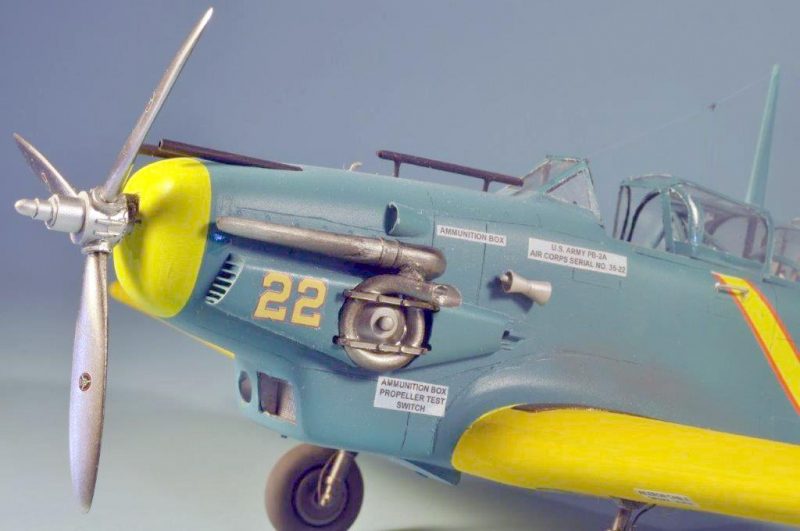
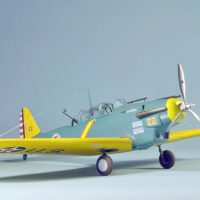

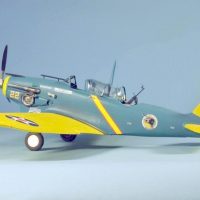
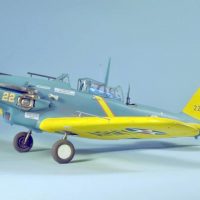
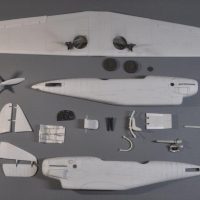
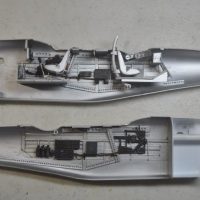
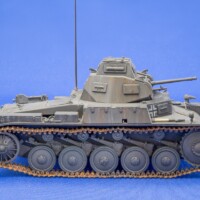
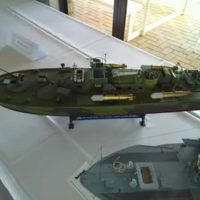
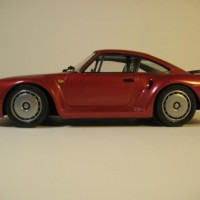
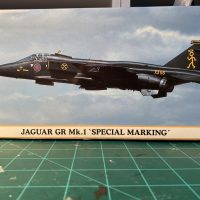
Well there's something you don't see everyday... or ever! Another fine example of model-making to instruct and inform! I doubt there will ever be an IM kit of such a plane, and as such his creation is all the more special, thanks for sharing.
There may be one coming, but can't say more other than it'll be a couple years at least.
Another mystery plane. never heard of this one before.
Quite impressive it could get up to just under 40 K feet. The crew must have felt they were going into he unknown almost freezing to death.
A game changer I suppose that led to better things.
Thanks for sharing. Incredible Scratch build.
Exceptional nice build of an exceptional aircraft.
This is really some awesome scratchbuilding.
That is one fine build. Thanks for posting it Tom and please thank Bill for once again making me feel like I have to try much harder?
? ?fantastic...
?fantastic...
That’s really amazing work. The rear gunner’s seat sure is odd, attached to that curved, tusk like pedestal.
One of my favorites of the Golden Wing USAAC era! I have wished for a 1/48 kit for years! Beautifully done. This book (if you can find one) has a lot of the great planes of that era in it. I was lucky enough to get one years ago in a trade for some model building I did for a guy
1 attached image. Click to enlarge.
Missed this post somehow, the I have always loved this airplane since I saw it in Air Corps. This was the FIRST item I ever purchased with my own money, circa 1971. I got a summer job where my Dad had his second job in New Yawk City. My first paycheck was a whopping 80 bucks. The best thing about NYC was Polk's Hobbies and all the bookstores, in which I blew most of my money on "Air Corps" and "US Navy Dive and Torpedo Bombers".I still have both of them but they are not in great shape. I will never get rid of them. I also have a 1/48 resin kit of a PB-2A that I haven't got to yet. It will be a lot of work.
Absolutely wonderful build...reflecting remarkable skills. Special.
That is fantastic! I can only say as a 1/72 builder that I'm probably last in line for ever seeing an injection kit coming in my direction...but if one did, I would snag it for sure!
An amazing build!
Incredible build, it looks great. I remember first reading about this plane back in the 70's on an article from a Wings or Air Power magazine.
Kudos to Mr Bosworth, Tom!
This is truly amazing!
Simply amazing.
Thanks for sharing this beauty!
Incredible subject & model TY for posting this.
Wow. I missed this when it was posted. Spectacular, always liked the looks of this bird.